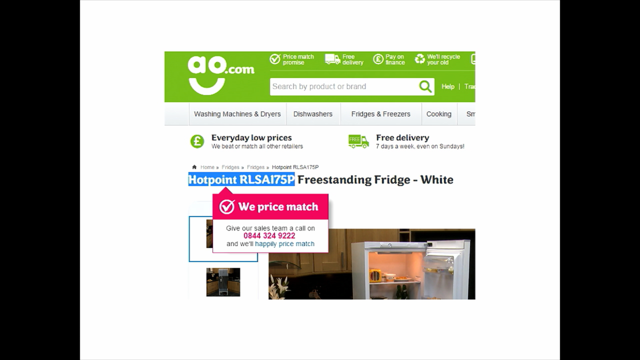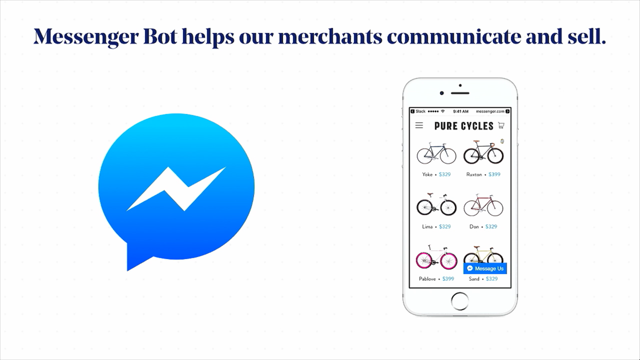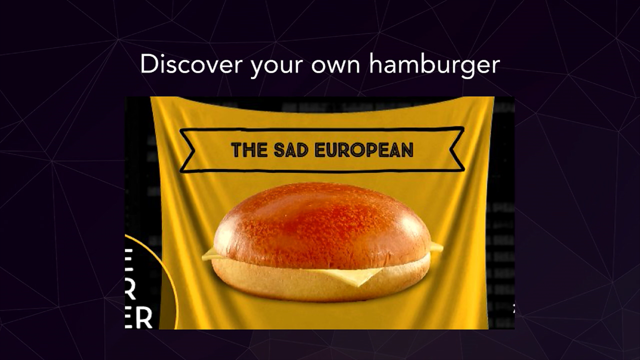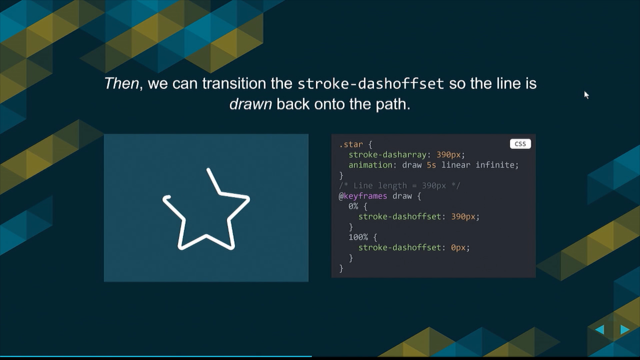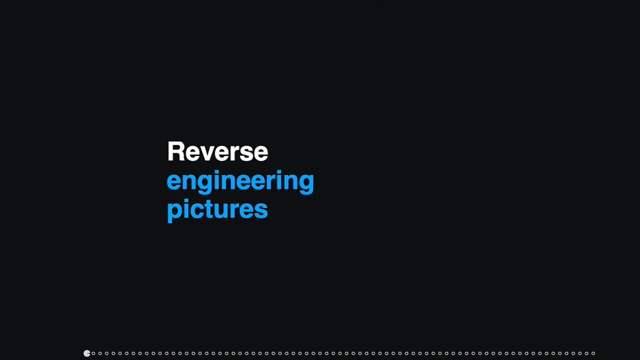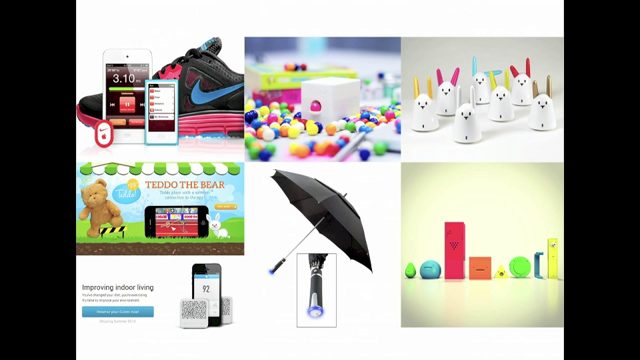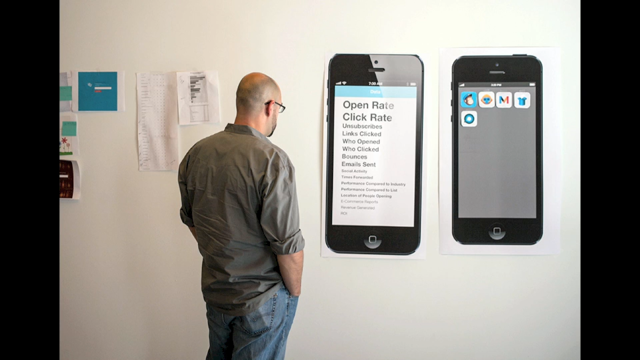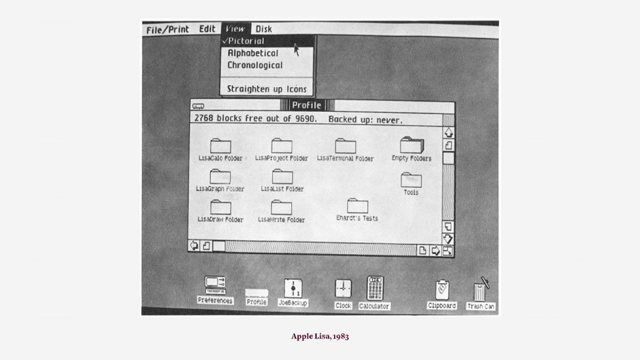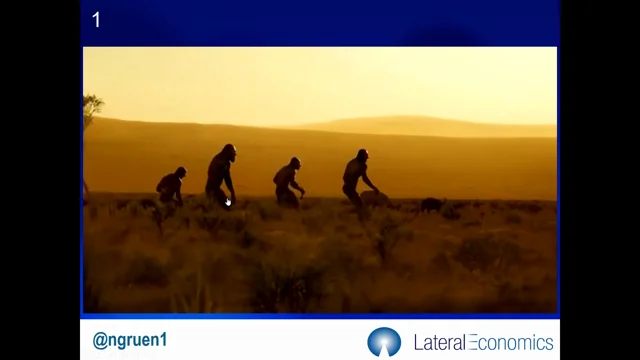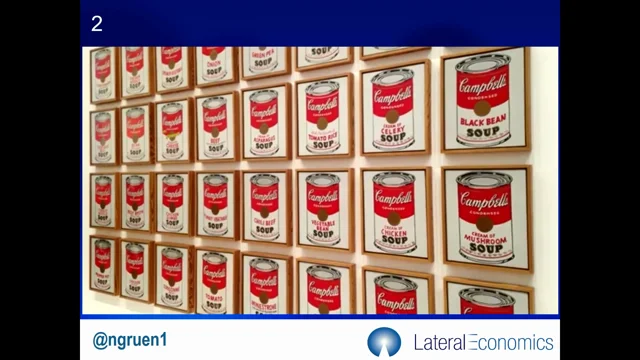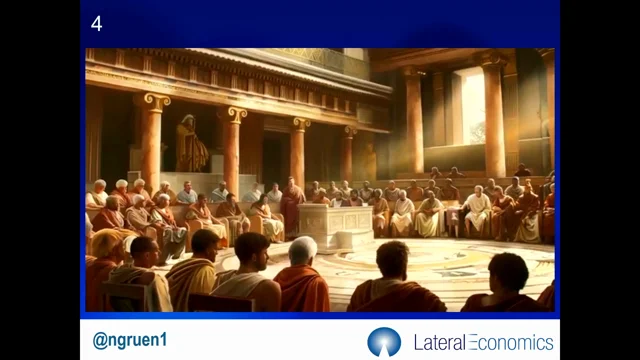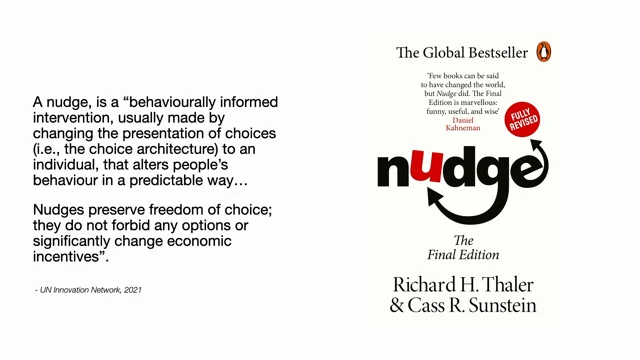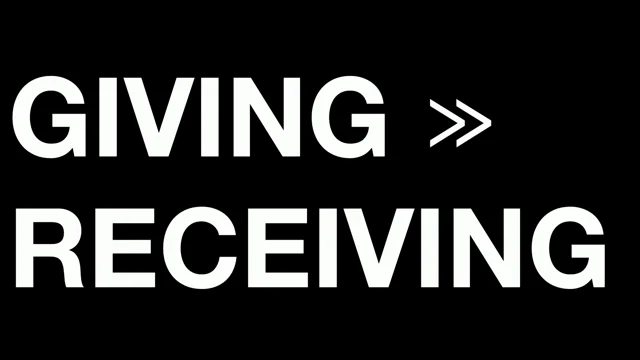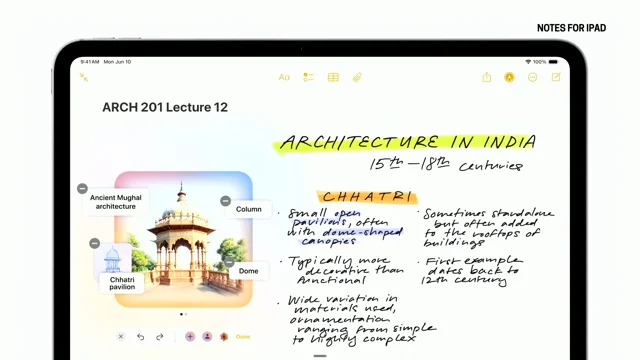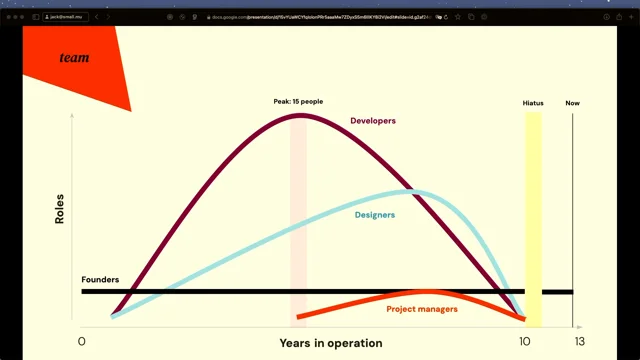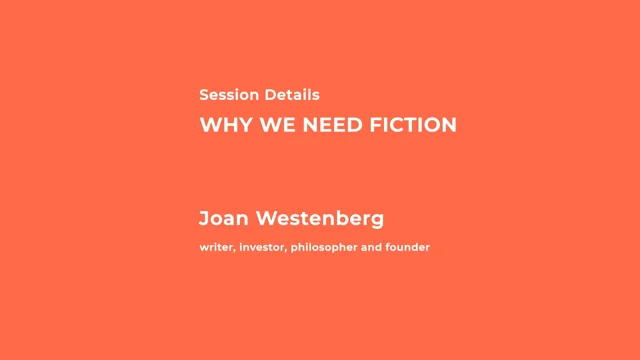User Life centred design
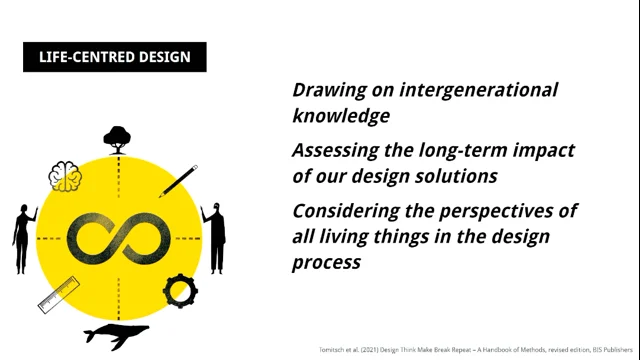
Introduction to Life-Centered Design
Steve Beatty introduces the concept of life-centered design, a theme from his book "Designing Tomorrow." He contrasts this with human-centered and user-centered design, emphasizing a broader responsibility in design tasks. Steve sets the stage for a discussion on how design impacts society and the environment, hinting at a shift in thinking necessary for future innovation.
The Limitations of Traditional Design Logic
Steve Beatty discusses the traditional design framework focused on desirability, feasibility, and viability, highlighting its narrow focus and unintended consequences. He uses examples of CPR mannequins and crash test dummies to illustrate how design can overlook significant user demographics, leading to real-world negative outcomes. This segment sets the context for why a shift in design thinking is necessary.
Economic and Environmental Impacts of Design
Steve Beatty explores the historical perspective of economic growth driven by an abundant nature mindset, which is no longer viable with today's population and material intensity. He argues that the current design practices contribute significantly to environmental degradation, necessitating a shift towards more responsible design practices that consider broader ecological impacts.
Advocating for Life-Centered Design
Martin discusses the motivation behind writing the book, emphasizing the need for a shift from human-centered to life-centered design. He highlights the role of businesses in addressing environmental impacts and introduces the concept of responsible innovation. Martin argues for a design approach that includes all living beings and ecosystems, moving away from blaming consumers for environmental issues.
Principles and Framework of Life-Centered Design
Martin introduces the principles of life-centered design, focusing on purpose over profit and systems thinking. He presents a framework consisting of networks, interventions, and partnerships, which includes tools and strategies for implementing life-centered design. This segment emphasizes the importance of considering environmental and ethical values in the design process.
Systems Thinking in Design
Steve Beatty explains the importance of systems thinking in life-centered design, using TikTok as an example to illustrate system dynamics. He discusses the concept of externalities and the responsibility of organizations to address the broader impacts of their actions. This segment highlights the need for a holistic approach to design that considers long-term environmental and social impacts.
The Cobra Effect and Long-Term Thinking
Martin introduces the concept of the cobra effect, where solutions to problems can create new issues, using a historical example from colonial India. He emphasizes the importance of long-term thinking in design, advocating for a shift from short-term, business-driven actions to value-driven, future-focused strategies that consider the impacts on future generations.
Implementing Incremental Change
Steve Beatty concludes by discussing the importance of incremental changes in addressing complex issues. He advocates for a 1% change approach, leveraging system dynamics to create compounding positive impacts over time. This mindset shift aims to gradually reduce material intensity and environmental impacts, aligning with the principles of life-centered design.
Hello, my name's Steve Beatty.
During John's introduction earlier, he spoke about having selected speakers for today who were smart, interesting, and I thought, oh, and then he said honest.
And then I knew why I was here, which is good. Martin's the smart one and hopefully together we're interesting. But what we want to talk about today are some of the themes that we wrote about in our book, which is Designing Tomorrow and this shift from human centered design and user centered design to a broader way of thinking about the task of design and the responsibility of design, which is this idea of life centered design.
I'm going to kick us off and then I'll hand over to Martin and ultimately we'll have time for questions, I hope.
But thanks for having us. All right, let's get started.
So there we go.
Many of you will be familiar with this diagram. It's this idea that drives a lot of the sort of design work and design led innovation work that we see right across society, particularly in private enterprise. But it's this intersection of human values. So what do people need or want from life? We think about it as what's desirable to a person. We've got this idea of what can technology deliver?
What are we capable of actually delivering and putting out into the world, which is this idea of feasibility. And then we've got this last lens, which is what. What can the company actually make some money from?
Because we wouldn't do it otherwise, obviously.
But what can we actually make some money and profit out of, which is this idea of viability? So it's the economics of the idea. And somewhere in the mix of each of those three things, we've got this idea of innovation.
And this has driven the logic behind a lot of the things that get put out into the world over the last 20, 25 years and.
And arguably you would say quite successfully. It turns out that there are some issues with this logic and part of it is that it's quite narrow in its focus, even though the intent of it is to be quite broad. But we get into these situations where we create perverse circumstances where the outcomes are not entirely what we wanted. The picture on the left.
Yes, your left. The picture on the left was just this week and it was a study that was done looking at mannequins.
Not mannequins, but mannequins as actual term for a male like dummy that's used in pretty much all of CPR training right around the world.
And you notice if you look closely, it doesn't have breasts, which is a bit of an oversight when half the population tends to.
And that may or may not be a problem until you realize that as a result of nobody being trained to do CPR on a mannequin that does have rests when the situation arises, it turns out that people feel a bit awkward about it. They're not comfortable doing what needs to be done. As a result, women are much more likely to to experience negative outcomes in a circumstance that requires cpr.
They're less likely to receive it, it's less likely to be done properly, and they're less likely to be saved. That's one of the perverse outcomes. The picture on the right is also from this year, so I didn't even have to dredge up from the deep dark ages.
This is all 2024. There's a third one that I decided not to use, but this one is around crash test dummies. Up until recently, there was no requirement for car safety tests to use an anatomically correct female dummy. Not at all. Remember, we're testing seat belts and airbags and that kind of thing, but there was no requirement for an anatomically female dummy to be used where it was required. There was no requirement for them to be tested as the driver.
Of course. Right. And it gets worse because we come in all different shapes and sizes.
But women also have the peculiar nature of getting pregnant. And absolutely no vehicle is safety rated for pregnant women. None of the seatbelts are tested on a pregnant woman. None of the airbags, none of that kind of thing are tested for their impact on women in any of their normal states.
The result is women are 49% more likely to experience a fatality or a serious injury using the exact same vehicle and safety measures as a man would.
49% more likely. When we think about the challenges that come from this very dominant design mindset that we've put out into the world, they have very, very real world consequences when we broaden that out into the world.
We started out with this idea driving our economy that nature was abundant and that we were relatively small.
This idea on the left, this sort of empty world idea was very, very prevalent right through the economic boom times of the 50s and 60s. The idea that nature is essentially an empty and abundant resource and it's there to be exploited. And we've realized today that that might have been okay when there was one or two billion of us. It's not so good when there's eight billion of us. And our material intensity today is many, many times greater than it was when this idea first came to the fore. Instead, what we've got is something that looks a lot more like the diagram on the right hand side, which is the impact of humans on the natural world is very, very great today.
And it's being driven by this design practice that by and large we've adopted.
Martin. Thank you, Steve. So partly why Steve and I decided to write this book was because we both have been teaching and practicing human centered design for the past few decades. So we also recognize that we have contributed to the issues that the world faces today. And if you continue practicing human centered design the way we do currently, this is the future we are designing. And the practice of design has either directly or indirectly contributed to the many unprecedented and increasing crisis events that the world is facing today. From unprecedented floods to wildfires that are much more frequent to global pandemic and global also social injustice.
And so what may have changed compared to over the past 40 years when people have been starting, which is the time since when people have been advocating for climate action, is that now businesses can also no longer ignore these changes and the impact of our practice on the environment because these impacts are directly affecting their customers and therefore the business operations. For example, just here in Australia, people who were affected by the recent wildfires and floods, their insurance fees have gone up by 20% already.
Furthermore, it is predicted that by 20, 34% of Australian homes won't be insurable. So businesses can no longer ignore the impact of these actions. And hence why we advocate in our book for a shift from human or user centered design to life centered design. And importantly, this shift in is not a shift in practice and what we do as designers and decision makers, but it shifts also the responsibility from the user, the consumer to take climate action to organizations.
And it highlights and advocates for the role and the power that Vs Designers and decision makers have in terms in order to drive that change within organizations. And moving away from this idea of the carbon footprint, which was popularized by British Petroleum as a way to blame the user, the customer for the impact on the environment.
And acknowledging this is a very simplified representation and simplified model, we're suggesting that in order to shift from innovation to responsible innovation that uses a life centered design approach, we have to add this responsibility bubble that focuses on the environmental and ethical values. And they also argue that as designers and also using design methods, we are able to advocate for this perspective. We don't have to be experts in environmental science, in climate impacts, in climate action, but we are able to bring the perspectives and the voices to the table and represent them in the design process.
So life center design decenters the human and draws on intergenerational knowledge. It assesses the long term impact of of our design solutions and importantly also considers the perspectives of all living things in the design process, which includes the examples that Steve mentioned earlier. To expand to otherwise overlooked parts of our population and demographic. Include socially marginalized communities, but also include other living beings and ecosystems. In our design process and bringing those into the work we do, often people go like, what does this mean in practice? So this is a really nice example that demonstrates this idea of life centered design.
It's a proposal for a high rise facade design in New York by Terraform1. And the idea behind this proposal is to design a green facade that provides a green outlook for the people working inside the building, which has been shown to actually boost mental health and productivity.
But it also provides a resting place and nesting place and feeding opportunities for the monarch butterfly, which is an intergenerational migrating species that is at the risk of being extinct because of increasing urbanization.
It also uses technology so you can see those images that show amplified visuals of the butterfly, which essentially are live camera feeds showing the butterflies nesting inside the facade and therefore also raising awareness to people passing by the building.
Now, a few years ago, together with a group of international UX designers, we founded the Live Center Design Collective to advocate for a life centered design approach. And one of the things we did through the collective was to develop and publish these principles, which are principles for fostering a life centered design mindset and to help us bringing life centered design into our projects and work, which includes putting purpose over profit, looking for solutions that are inspired by nature, that are interconnected, which means using systems thinking and a holistic approach that advocates and promotes lifecycle awareness.
It involves long term thinking and doing and it's about focusing what is important and leaving out unnecessary complexity that doesn't actually add any value. It's about finding solutions as socially just and ethical and de centering the human and acknowledging all life forms.
Now, to help us to bring this into the work we do, Steve and I in our book introduce a framework that consists of three pillars which are the networks, interventions and partnerships.
And each of those pillars include three tactics which we describe in the book. And each of those tactics include tools and strategies to help us to start doing this work, implementing, integrating this work into, into the projects that we do. And so one of those tools that is really a key to life center design is systems thinking.
So one of the ways that we think is a really, really important shift, and because John's clever at his scheduling, the next talk from Mary is going to pick up on some of this topic around systems thinking and system mapping. But I just want to talk about this idea of system maps and why they're really useful. So the act of creating a system map forces us to define our area of responsibility. What are we going to take responsibility for and what are the ways in which what we're doing influence other parts of society and our community, either inside or outside our organization.
This is the beginning of a system map for TikTok.
And it looks at things like the, the number of videos being watched on TikTok feeds the algorithm, which increases a person's satisfaction with the content that they're being shown, which means that they'll watch more TikTok videos. And you've got this sort of self reinforcing cycle. It's a positively reinforcing cycle. The negatively reinforcing version of this is that I go to TikTok, I see things that I don't like, so I don't watch videos, I skip them instead, which informs the algorithm, which tries to show me things that I will like, et cetera.
So there's a dampening and a positively reinforcing cycle at play. They're good ways to define and to have conversations about things like system dynamics and the relationship between things.
But equally they're a good way for us to say I'm going to take responsibility for this stuff and I'm going to make somebody else responsible for the rest of it simply because I won't. And we call those externalities.
And in a lot of private corporations what we're essentially doing is saying I'm going to make the public pay for cleaning up my mess. That's typically the way we do it. So all of those recycling services that the council runs, that we pay for as taxpayers, that's an example of the public cleaning up a privately created problem. Here's a more sort of expanded version of this one and we start to get into the environmental impact of all of those videos being watched.
There was an ad that crossed my bluesky feed this morning for a new Dell data center. So it's a full rack of servers and in this case it's going to be used to run AI specific content. But it sort of fits over on this, you know, what's the electricity usage, what's the carbon emissions, quality, environment, et cetera, data center use type idea.
This Dell rack, one rack, and you can imagine the tens of thousands of these things that are in use in data centers across America and Europe and Australia. One rack uses 480 kilowatts of power. Interesting number. But what does that actually mean in practice? So to run one of these server racks, it's the equivalent of running 800 AC units for a home.
800. So 800 homes could be air conditioned, or you could run one of these racks to run AI queries and do video feeds and feed the algorithm. We have to start asking those questions in terms of where are our resource and where is our energy going? But it's largely why the growth of energy demand around the world is being driven by data centers. And we're not seeing the replacement of coal, oil and gas from our energy mix. All of those new renewables are simply making up for that excess demand coming out of technology.
Martin. So, actually, if you go back to the previous slide, I'll stay on this for a moment. So John made some interesting remarks at the beginning about the arrival of technology some decades ago and the promises of technology. And one of those being to connect people. And what we can see in the systems map, it is, actually had an opposite effect.
Actually, people of particular children and teenagers, are feeling more lonely and isolated than ever before, despite the promise of social media to connect people.
And this is an effect that is known in the literature as the cobra effect, which describes a phenomenon where an attempted solution, like social media, to a problem, makes the problem worse or even creates a new problem entirely.
Now, this effect has its name from an interesting story.
Apparently, during the British colonial time in India, the city of Delhi had an issue with cobra infestation. Too many cobras on the streets of Delhi made the city very unsafe.
So the governors came up with what they thought was an ingenious solution to the problem. They decided to put out a bounty for cobra skins. So they thought the locals would go out and hunt the cobras, turn in the skins, and in no time that the city would be rid of the cobra infestation.
What do you think happened? People started breeding cobras in their backyards. Exactly. And of course, the governor suddenly were like, wow, where are all these cobra skins coming. Coming from? And they were quickly onto the locals. So they made another mistake. They shut down the system overnight. So all of the cobras that were being bred in the backyard suddenly lost all of the value over night.
So what do you think people did? They released the cobras into the wild.
So in this situation, the city ended up with more cobras than it started with. The other really important aspect of Life centered design is to think long term to what we call is what we call, as I describe, is designing for the long now instead of designing for the now and for short term thinking.
So it's about moving from short term thinking to long term thinking. About shifting from business driven to value driven actions. From a shareholder focus to a future generation focus, thinking about how the decisions we make today affect generations yet to come. Shifting from a colonized to a decolonized perspective and practice. And from single world views to pluriversal views that include all people and living beings.
And from a human centered to a life centered approach.
The term the long now was actually coined by Brian Eno, who for anyone who has paid attention, made an appearance in Nicholas Gruen's video earlier. And he describes the long now as the recognition that the precise moment that we are in grows out of the past and is a seed for the future.
So the last thing I just want to pick up on from the book, you can hang on to that one. Is this idea that the sort of issues that we're talking about build up over time. They don't just happen, they they are the result of compounding impacts and exponential growth that occurs over a long, long period of time. We can't address those issues, none of them in one big go. We have to do something similar. We have to put in place new solutions that will also compound over time and build. And so this idea of 1% change-build systems and take advantage of those system dynamics to put in place new mechanisms that can compound year in and year out. Just 1%. And 1% change means the difference between the status quo and in a generation or two. And we need to think long term. But in a generation or two, having halved our level of material intensity or going a long way towards eliminating some of these issues, rather than thinking about well, how do I halve plastic pollution, think about well, how can I reduce the, the level of plastic production by 1% per year so that it's ratcheting down rather than what's happening at the moment, which is that it continues to ratchet up. So it's just a shift in mindset towards taking advantage of system dynamics, taking advantage of the exponential and compounding nature of systems, and focusing on these small changes that happen over time. I think that's it and we have time for questions. Thank you.
Thank you.
For decades, human-centred design has been the driving force behind innovation. However, it’s becoming increasingly clear that placing the user at the centre of the design process may be doing more harm than good for our global systems and collective wellbeing.
In this talk, we’ll explore a new approach – life-centred design – that encourages a balanced consideration of human, environmental, and ethical perspectives. Diving into the role of systems thinking and futuring, the talk will demonstrate how life-centred design can help organisations reduce their planetary impact and create responsible innovation in an increasingly complex world.
